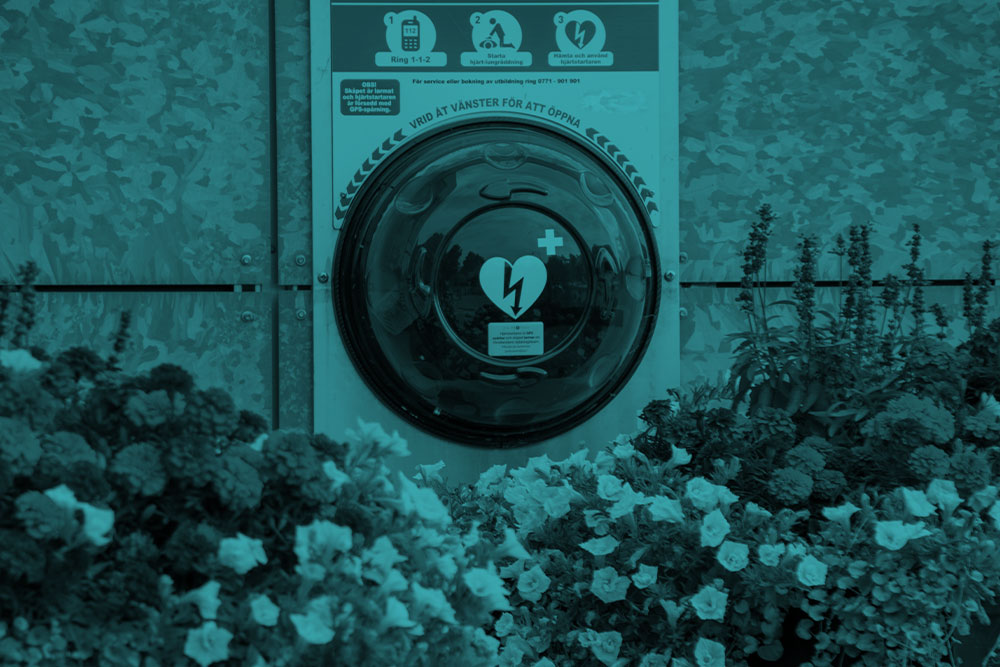
This study aimed to assess the trend of the maintenance status and usability of public automated external defibrillators (AEDs). Public AEDs installed in Seoul from 2013 to 2017 were included. An inspector checked the maintenance status and usability of the AEDs annually using a checklist.
During the study period, 23,619 AEDs were inspected. Access to the AEDs was improved, including the absence of obstacles near the AEDs (from 90.2% in 2013 to 99.1% in 2017, p < 0.0001) and increased AED signs (from 34.3% in 2013 to 91.3% in 2017, p < 0.0001). The rate of AEDs in normal operation (from 94.0% in 2013 to 97.6% in 2017, p < 0.0001), good battery status (from 95.6% in 2013 to 96.8% in 2017, p = 0.0016), and electrode availability increased (from 97.1% in 2013 to 99.0% in 2017, p < 0.0001); the rate of electrode validity decreased (from 90.0% in 2013 to 87.2% in 2017, p < 0.0001).
The overall rate of the non-ready-to-use AEDs and AEDs with less than 24-h usability accounted for 15.4% and 44.1% of the total number of AEDs, respectively. Although most AEDs had a relatively good maintenance status, a significant proportion of public AEDs were not available for 24-h use.
Invalid electrodes and less than 24-h accessibility were the main reasons that limited the 24-h usability of public AEDs.






